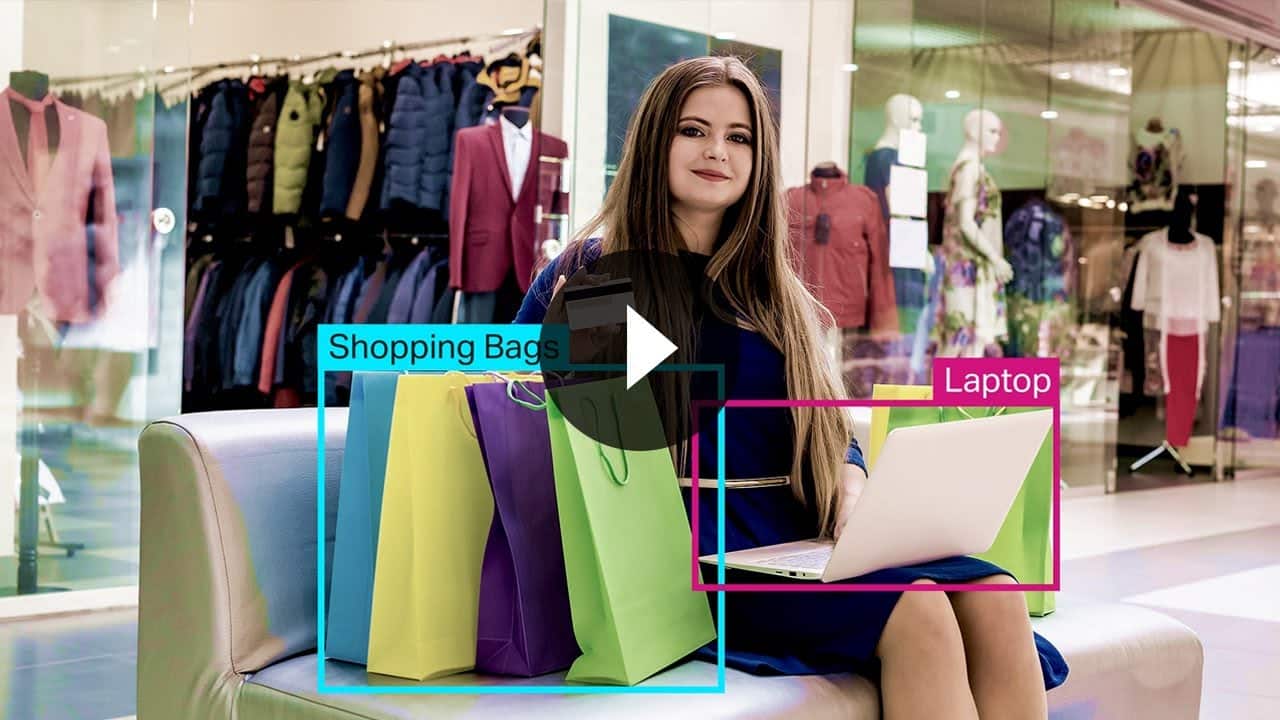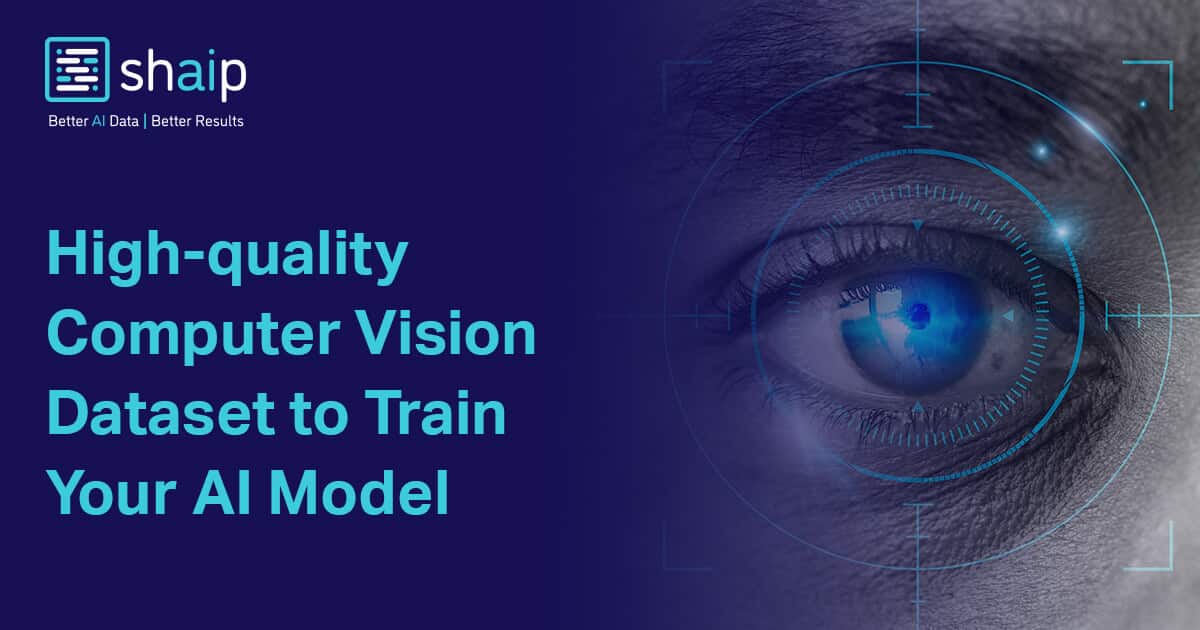Image Annotation
Image Annotation Services
Supercharge your AI Training Data with Shaip’s Image Annotation Services for Computer Vision
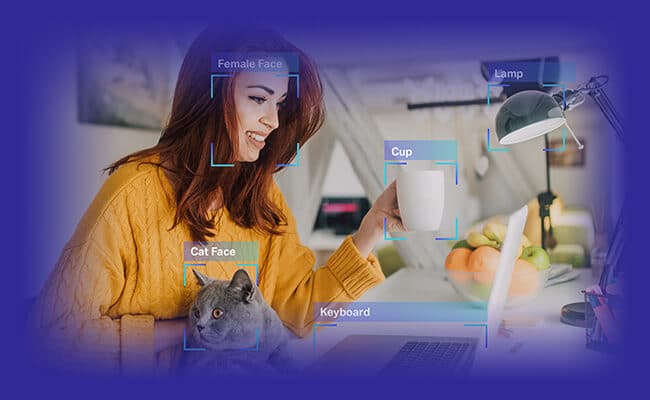
Imagine your annotated image dataset in the pipeline without any bottlenecks. Let us show you how!
Featured Clients
Train AI models with super-precise Image Annotation & Image Tagging Services
All advanced computing systems based on computer vision, requires gold-standard training data for accurate results. Regardless of which industry or market segment you’re into, your AI-driven product will fail to yield desirable results if you don’t train it right. That is exactly where image labeling comes in. This is an inevitable process that makes your AI’s results more accurate, relevant and bias-free by annotating or tagging all the elements in an image.
In an image of a restaurant, your machine learning module would learn what tables, plates, food, cutlery, water and more are and precisely differentiate each in images once it starts training with the right data. For that to happen, thousands of objects in an image have to be labeled meticulously by experts. At Shaip, we have industry pioneers who have been working on image labeling for decades. From conventional images to highly-niche medical data, we can annotate them all.
Image Annotation Tool
We have one of the most advanced image labeling tool or image annotation tool in the market that makes image labeling precise and super-functional. Besides, it also makes dynamic scalability possible. No matter if your project requires complex datasets, has a limited time to market, or razor-sharp annotation mandates, we can deliver with our proprietary image labeling platform.
However, not all projects dictate the implementation of the same image labeling technique. Every project is unique in terms of its requirements & use case and only case-specific techniques work for the most accurate outcomes.
Image Annotation Companies, such as Shaip, deploys diverse labeling techniques after carefully studying project scope and requirements. Depending on your machine learning project, we would work on one or a combination of these image annotation techniques:
Image Annotation Techniques – We Master
The various types of Annotation are as follows
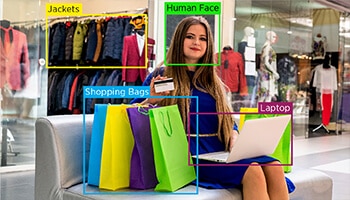
Bounding Boxes
The most commonly used image labeling technique in computer vision is bounding box annotation. In this technique, boxes are manually drawn over image elements for easy identification
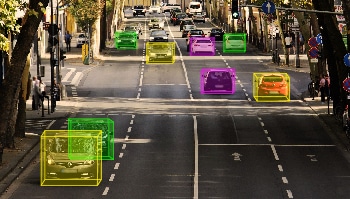
3D Cuboids
Similar to bounding box but the difference is, annotators, draw 3D cuboids over objects to specify 3 important attributes of an object – length, depth, and breadth.
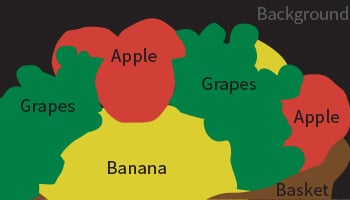
Semantic Segmentation
In this technique, every pixel in an image is annotated with information and separated into different segments you need your computer vision algorithm to recognize.

Polygon Annotation
In this technique, irregular objects are marked by plotting points on each vertex of the target object. It allows all of the object's exact edges to be annotated, regardless of its shape
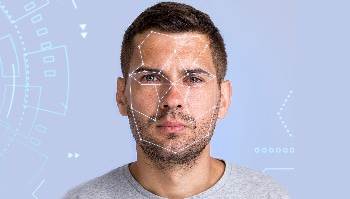
Landmark Annotation
In this technique, the labeler needs to label key points at specified locations. Such labels are commonly used where anatomical elements are labeled for facial & emotion detection

Line Segmentation
In this technique, annotators draw straight lines to classify that element as a particular object. It helps establish boundaries, define routes or pathways, etc.
Image Annotation Process
Transparency lies at the core of our collaboration. Our stringent operating and fluid communication mechanisms ensure a rewarding collaboration.
Our Capability
People
Dedicated and trained teams:
- 30,000+ collaborators for Data Creation, Labeling & QA
- Credentialed Project Management Team
- Experienced Product Development Team
- Talent Pool Sourcing & Onboarding Team
Process
Highest process efficiency is assured with:
- Robust 6 Sigma Stage-Gate Process
- A dedicated team of 6 Sigma black belts – Key process owners & Quality compliance
- Continuous Improvement & Feedback Loop
Platform
The patented platform offers benefits:
- Web-based end-to-end platform
- Impeccable Quality
- Faster TAT
- Seamless Delivery
Verticals
We annotate & label a variety of images for different industries
Computer vision is dynamically becoming universal with tons of newer use cases cropping up every single day. It’s the only way companies gain an edge in the market. That’s why we extend our high quality image labeling services to requirements from across diverse industries. We cater to industries such as:

Autonomous vehicles
For gesture recognition, ADAS features, Level 4 and 5 autonomy
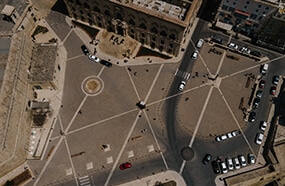
Drones
For road mapping, crack detection and ODAI (Object Detection Aerial Imagery)

Retail
For inventory management, supply-chain management, gesture recognition, & more

AR/VR
For semantic understanding, facial recognition, advanced object tracking, and more

Agriculture
For weed and disease detection and crop identification

Fashion & Ecommerce
For image categorization, image segmentation, image classification, object detection and multi-label classification
You’ve finally found the right Image Annotation Company
Expert Workforce
Our pool of experts who are proficient in labeling can procure accurate and effectively annotated photos and images.
Focus on growth
Our team helps you prepare image data for training AI engines, saving valuable time & resources.
Scalability
Our team of collaborators can accommodate additional volume while maintaining the quality of data output.
Competitive
Pricing
As experts in training, and managing teams, we ensure projects are delivered within the defined budget.
Multi-Source/ Cross-Industry capabilities
The team analyzes data from multiple sources & is capable of producing AI-training data efficiently and in volumes across all industries.
Stay ahead of the competition
The wide gamut of image data provides AI with copious amounts of information needed to train faster.
Services Offered
Expert image data collection isn’t all-hands-on-deck for comprehensive AI setups. At Shaip, you can even consider the following services to make models way more widespread than usual:

Text Annotation Services
We specialize in making textual data training ready by annotating exhaustive datasets, using entity annotation, text classification, sentiment annotation & other relevant tools.
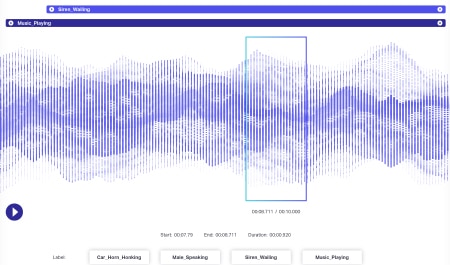
Audio Annotation Services
Labeling audio sources, speech, & voice-specific datasets via relevant tools like speech recognition, speaker diarization, emotion recognition is something we specialize in.

Video Annotation Services
Shaip offers high-end video labeling services for training Computer Vision models. The aim here is to make datasets usable with tools like pattern recognition, object detection, & more.
Recommended Resources
Buyer’s Guide
Image Annotation & Labeling for Computer Vision
Computer vision is all about making sense of the visual world to train computer vision applications. Its success completely boils down to what we call image annotation – the fundamental process behind the technology that makes machines make intelligent decisions and this is exactly what we are about to discuss and explore.
Offerings
Computer Vision Data Catalog
There are a wide variety of common applications for Computer Vision in AI projects. We offer you vast amounts of high-quality image and video data ready for your computer vision models that fit your budget and can be scaled as you grow.
Offerings
Relevant Image Data Collection to bring AI to Life
A machine learning (ML) model is as good as its training data; hence we focus on providing you the best image datasets for your ML models. Our image data collection tool will make your computer vision projects work in the real world.
Get professional, scalable, & reliable image annotation services. Schedule a Call Today…
Frequently Asked Questions (FAQ)
1. What is image annotation?
Image annotation is the process of adding labels or tags to images to make them understandable for ML models. It helps machines identify and interpret objects or elements in an image.
2. Why is image annotation important for AI and machine learning?
It is essential for training AI models to recognize and process visual information accurately, enabling applications like object detection, image segmentation, and classification.
3. What are the different image annotation techniques?
The main techniques include bounding boxes, semantic segmentation, polygon annotation, 3D cuboids, landmark annotation, and line segmentation. Each method is used based on the object type and project needs.
4. What are the industry use cases for image annotation?
Image annotation is used in autonomous vehicles for navigation, drones for mapping, retail for inventory management, and e-commerce for product categorization and visual search.
5. What is the difference between manual and automated annotation?
Manual annotation relies on human expertise for precision, making it better for complex tasks. Automated annotation uses AI for faster labeling but may lack accuracy in detailed projects.
6. How does annotated data improve AI/ML models?
Annotated data helps AI/ML models learn to recognize objects, boundaries, and patterns, improving their performance in real-world tasks.
7. How is data accuracy ensured in image annotation?
Trained annotators, advanced tools, and quality checks ensure high accuracy and consistency in annotations.
8. Can image annotation be customized?
Yes, annotation can be tailored to meet specific project needs, including techniques, data types, and industry requirements.
9. Are image annotation services compliant with data regulations?
Yes, services comply with data privacy standards like GDPR and CCPA, ensuring secure and ethical data handling.
10. What are the delivery timelines for image annotation projects?
Timelines depend on the project’s size and complexity but are optimized to ensure fast and efficient delivery.
11. How does image annotation solve real-world challenges?
It enables AI systems to perform tasks like object detection and image classification, improving efficiency and decision-making in industries like transportation, retail, and healthcare.
12. What is the cost of image annotation services?
Costs vary depending on dataset size, project complexity, and customization. Contact for a tailored quote.
